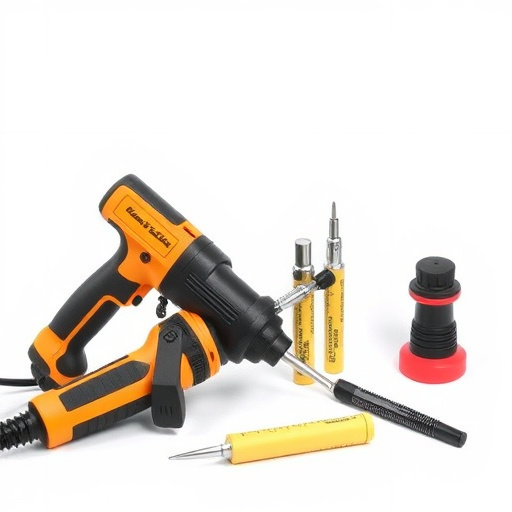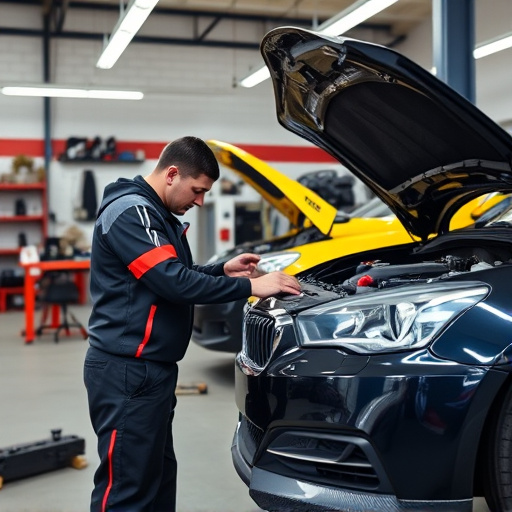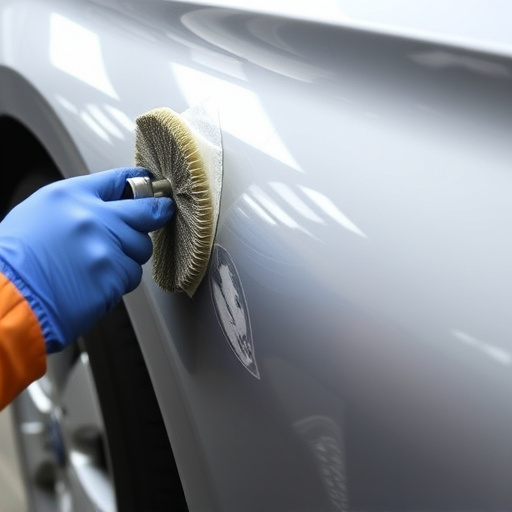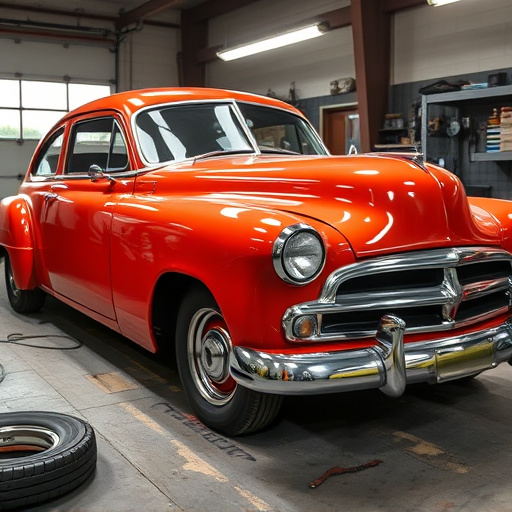The claim approval timeline is a structured, transparent process for evaluating and approving auto repair claims, including frame, dent, and paint work. It begins with initial assessment, verification of cost estimates, and documentation review by adjusters. Repair complexity, parts availability, and peak periods impact timeline duration, ranging from hours for minor dents to weeks for extensive body work. Effective communication between insurance providers, body shops, and customers is crucial for managing expectations throughout the process.
Understanding the basics of a claim approval timeline is crucial for anyone navigating the insurance process. This article demystifies this critical aspect, breaking down what a claim approval timeline is, its key components, and the factors that can influence it. By understanding these elements, you’ll be better equipped to manage expectations and efficiently resolve claims. From initial filing to final disposition, we’ll explore each step, empowering you with knowledge in the event of a claim.
- What is a Claim Approval Timeline?
- Key Components of a Typical Timeline
- Factors Affecting the Approval Process
What is a Claim Approval Timeline?

A claim approval timeline refers to the structured process and allotted timeframe for evaluating and approving a claim submitted by an individual or business, particularly in the context of auto repair services. This timeline is designed to ensure fairness, transparency, and prompt resolution for those seeking compensation for damaged or repaired vehicles, including auto frame repair and auto detailing work. It outlines the steps from when a claim is initially filed until final approval or rejection, providing both parties with clarity on expectations and deadlines.
Understanding this timeline is crucial for anyone availing of auto repair services, as it dictates how quickly they can expect to receive compensation for their efforts. For instance, in many cases, the initial assessment period allows insurance providers to inspect the damaged vehicle, assess the extent of repairs required (including auto frame repair and auto detailing), and verify the cost estimates provided by the repair shop. This process is followed by a review phase where claims adjusters evaluate all submitted documentation before making a decision, ensuring that every aspect of the claim meets the necessary criteria for approval.
Key Components of a Typical Timeline

A typical claim approval timeline for auto dent repair or fender repair services is a structured process designed to ensure efficient and fair handling of insurance claims. Key components include initial claim submission, where the customer reports the incident and provides necessary details about the vehicle damage, often accompanied by photos or estimates from body shops. This sets the stage for the insurance company’s assessment phase, where they verify the claim’s validity, check for pre-existing conditions, and determine the extent of repairs required—a crucial step in setting the timeline.
The next phase involves approval or denial of the claim, followed by the arrangement of vehicle pick-up or towing, depending on the severity of the damage. For minor dents, customers may opt for direct repair at an authorized body shop, while more significant fender repairs might necessitate parts ordering and specialized labor. Throughout this process, clear communication between insurance providers, body shops, and customers is essential to manage expectations regarding turnaround times for auto dent repair or fender repair services.
Factors Affecting the Approval Process

The claim approval timeline for automotive collision repair or car paint repair services can vary greatly and is influenced by several factors. One key factor is the complexity of the repair required, which includes the extent of damage to the vehicle’s structure, panels, and finishes. A simple dent removal might take a few hours, while more intricate repairs such as major body work or frame straightening could extend the timeline to days or even weeks.
Another significant aspect is the availability of parts and materials needed for car repair services. Delays in obtaining replacement parts, especially specialized or custom-made items, can impact the approval process. Additionally, the workload of insurance assessors and repair shops plays a role; during peak periods, waiting times may be longer due to high demand for automotive collision repair services. Understanding these variables helps set realistic expectations when navigating a claim approval timeline.
Understanding the claim approval timeline is crucial for anyone navigating the insurance claims process. By grasping the key components and factors that influence it, you can better manage expectations and expedite resolution. Remember, a well-informed policyholder is empowered to advocate for their needs, ensuring a smoother journey through what can often be a complex and time-sensitive procedure. This knowledge equips you to make informed decisions and communicate effectively with insurance providers, ultimately leading to faster claim approvals.













